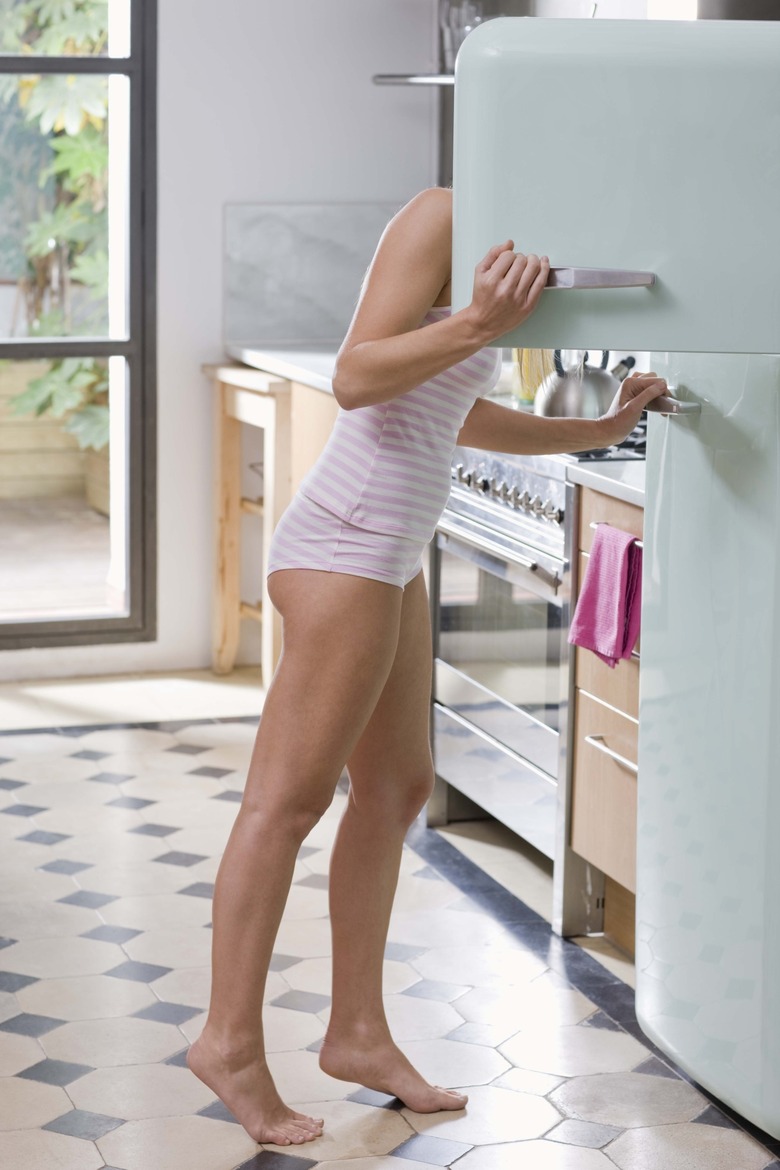My Fridge Is Clicking And Not Cooling
If food in your fridge is slowly beginning to spoil, you might notice the recent warm-up of your appliance is accompanied by an occasional clicking noise. The bad news is that your refrigerator is in immediate need of repairs, and the good news is that you can diagnose it pretty easily. There are a limited number of things that would cause both clicking and a stoppage or decrease in cooling. You may be able to repair it without calling a professional and spending unnecessary money.
Dirty Condenser
Dirty Condenser
One reason your refrigerator would click would be a compressor overload caused by a dirty condenser coil. The clicking sound is the compressor shutting itself down on the overload. The condenser coil is located near the compressor, either on the rear or bottom of the refrigerator. This is the tubing through which the refrigerant flows after compression to dissipate the heat and prepare for expansion and cooling. If the refrigerator is cooling poorly but still seems to retain some cold air, then this is likely the problem.
Condenser Solution
Condenser Solution
Because it is located in a rarely cleaned area on the outside of the refrigerator, it accumulates considerable dust and other substances, such as kitchen grease. The coil needs to be cleaned at least once per year to prevent cooling problems and compressor overload. Plumbing stores sell a condenser brush specially designed to clean the coils. Remember that when you clean the condenser coil, you should unplug the refrigerator to prevent electric shock.
Bad Start Relay
Bad Start Relay
If your refrigerator has stopped cooling entirely and you hear a clicking sound every two to five minutes, then your compressor is not turning on. The start relay is a device that starts up the compressor so that it can begin the cooling cycle by compressing the refrigerant gas in the appliance. This small device is located inside the same compartment as the compressor and usually plugs right into the side of it. If the start relay is failing, it will click as if it were trying to do its job, but the compressor will not come on. Within a short time it will try again without success.
Relay Solution
Relay Solution
To confirm that the start relay is the problem with your fridge, disconnect the power from the refrigerator and pull the start relay out from its socket on the side of the compressor. Give it a shake. If it rattles, the start relay is faulty and needs to be replaced. Some types of relays may need to be tested with a multi-meter to determine whether they have continuity. If the start relay is found to be bad, replacing it with a new one is simple. The new one plugs into the same port where you removed the old one. Plug the refrigerator back in, and it should begin working normally.
